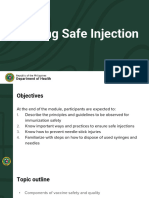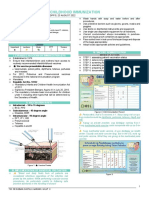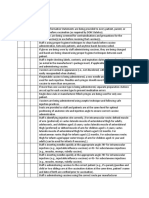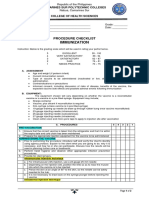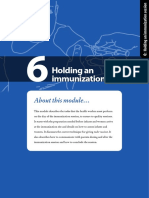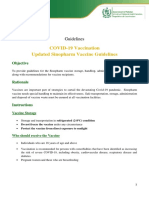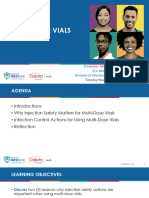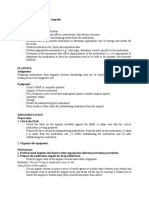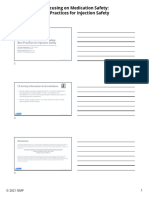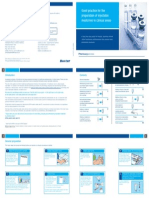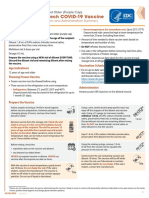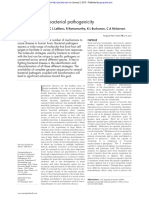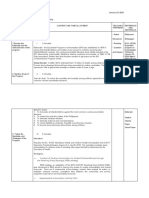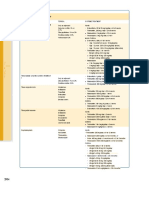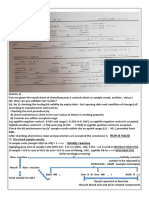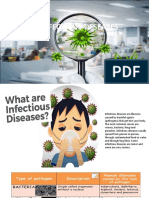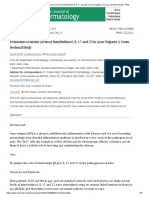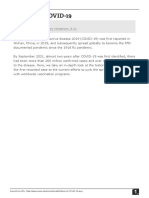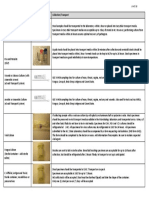0% found this document useful (0 votes)
33 views39 pagesModule 4 - Ensuring Safe Injection
mod3c
Uploaded by
Harold Noel HidalgoCopyright
© © All Rights Reserved
We take content rights seriously. If you suspect this is your content, claim it here.
Available Formats
Download as PDF, TXT or read online on Scribd
0% found this document useful (0 votes)
33 views39 pagesModule 4 - Ensuring Safe Injection
mod3c
Uploaded by
Harold Noel HidalgoCopyright
© © All Rights Reserved
We take content rights seriously. If you suspect this is your content, claim it here.
Available Formats
Download as PDF, TXT or read online on Scribd
/ 39
